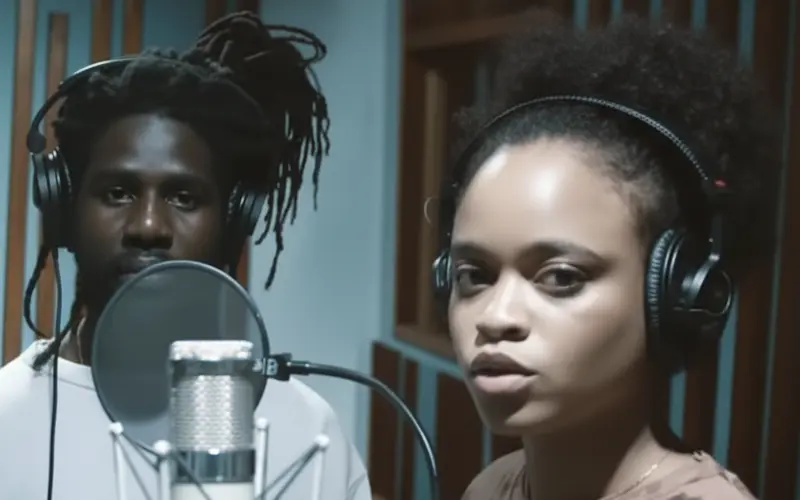
Introduction
Chronixx and Lila Iké are at the forefront of a new wave in conscious reggae fusion — a vibrant sound that intertwines Rastafari spirituality, traditional roots rhythms, and modern influences like hip-hop, soul, and R&B. Their music serves as a bridge, connecting the rich cultural heartbeat of Jamaica with a fresh generation around the globe, all through uplifting lyrics that resonate with social awareness and production that appeals to a wide audience.
Quick Facts on Conscious Reggae Fusion
What is it? A modern blend of traditional Roots Reggae and Rastafari themes with contemporary genres like Hip-Hop, R&B, and Trap.
Who started the Revival? The Reggae Revival began in the 2010s, led by artists including Chronixx, Protoje, Kabaka Pyramid, and Jah9.
Key Artists: Chronixx (known for architecture and fusion) and Lila Iké (known for soul, versatility, and feminine power).
Defining Theme: Preserving the Jamaican “livity” (conscious living) while achieving global crossover appeal.
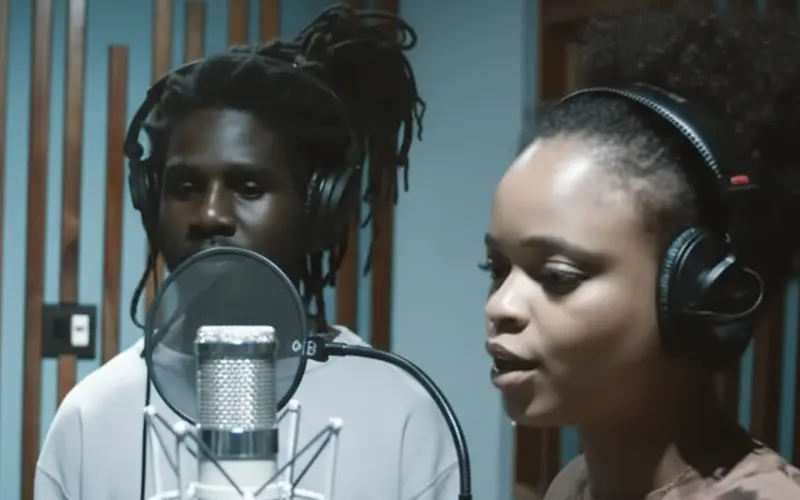
The Foundation and The New Wave: The Reggae Revival
When you think of reggae, names like Bob Marley, Peter Tosh, or the spiritual sounds of Burning Spear likely pop into your head. These legends shaped Roots Reggae — a genre deeply rooted in Rastafari beliefs, liberation, and social truths. It was more than just music; it was a powerful movement.
However, after the golden era of the 1970s, reggae took a different turn. As the youth of Jamaica gravitated towards the energetic beats of Dancehall, digital rhythms started to replace the organic sounds of live drums and bass.
[To see the historical context, read: The History of Reggae Music: A Timeline of Its Evolution from Mento to Dancehall.]
The culture shifted, and for a time, reggae’s conscious messages faded into the background, overshadowed by the booming bass of the 1990s sound system battles.
Then the 2010s rolled in, bringing with it the Reggae Revival movement. A fresh crop of artists like Protoje, Kabaka Pyramid, Jah9, and Koffee reignited the spiritual and conscious elements, but with a contemporary twist. This new wave wasn’t merely about looking back; it felt innovative — blending genres, socially aware, and globally connected.
At the heart of this revival are two standout artists: Chronixx and Lila Iké. They embody what we can call Conscious Reggae Fusion — a sound that pays homage to the spiritual and political roots of reggae while incorporating elements of trap, soul, and global pop. Their music doesn’t just revisit the past; it boldly reimagines the future of reggae.
What Is Conscious Reggae Fusion?
Conscious Reggae Fusion is a fresh take on Jamaican roots music, blending the classic reggae beats and Rastafari themes with modern sounds like hip-hop, soul, and R&B. This style keeps the “conscious” vibe alive, focusing on love, identity, and resistance, while giving it a contemporary twist that appeals to a global audience — whether it’s on Spotify playlists or booming from Caribbean sound systems.
Artists like Chronixx and Lila Iké perfectly capture this blend: their deep, thoughtful lyrics meet sharp, polished production. It’s the kind of music that speaks to those who seek authenticity in a world that’s constantly mixing genres.
Chronixx: The Architect of Modern Roots
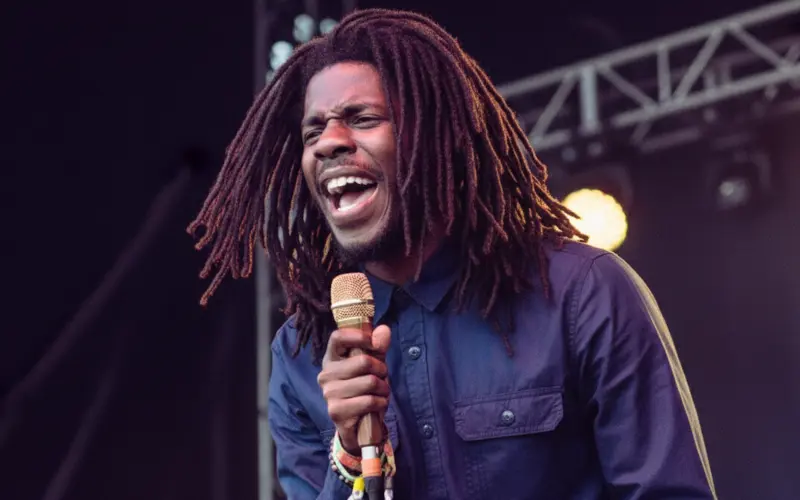
Early Roots and Rise
Chronixx, whose real name is Jamar McNaughton, was born in 1992 and grew up surrounded by music. His father, known as Little Chronicle, was a well-respected singer, and young Jamar absorbed everything around him — from studio sessions to live instruments and the rich sounds of classic vinyl records.
By the time he hit his teens, he was already producing tracks for other artists. But he had his own voice that needed to be heard. Songs like “Behind Curtain” and “Ain’t No Giving In” became anthems in Kingston’s conscious music scene, reminding listeners of the reggae spirit they had been longing for.
Then came Chronology (2017), the album that launched him onto the global stage. It showcased that reggae could feel fresh and relevant while still honoring its roots. Tracks like “Skankin’ Sweet,” “Majesty,” and “I Can” beautifully fused spirituality with a modern groove — they’re meditative yet contemporary, warm yet ready for the world.
/
What is Chronixx’s signature musical style?
Chronixx’s music is rooted in traditional riddims, but his influences stretch far and wide. You can catch trap hi-hats, hip-hop snares, and a digital clarity that fits just as well on Spotify as it does in the vibrant dancehalls of Kingston.
This fusion — the way Chronixx intertwines roots rhythms with trap and hip-hop elements — is at the heart of his artistry. It’s all in the details: a snare pattern lifted from Atlanta here, a deep 808 under a Nyabinghi chant there.
Chronixx blends various influences to explore themes of Rastafari identity, spiritual discipline, and self-worth. In his song “Black Is Beautiful,” he goes beyond just discussing skin tone; he dives into the concept of dignity, a core element of reggae’s rich history. Rather than preaching, he simply affirms these values. His music, which feels both rooted in tradition and globally appealing, might be why he’s graced stages from Coachella to The Tonight Show. He effortlessly channels the essence of Jamaican “livity” — the Rastafari way of living mindfully and authentically — into contemporary spaces without losing its essence.

Global Impact
Chronixx didn’t just breathe new life into reggae; he transformed it for the streaming era. His tours across Europe, the US, and Africa have reestablished reggae as a genre that resonates with global consciousness. [Read more about this phenomenon in our Impact of Reggae section.]
This isn’t just music for parties; it’s music for life — and it’s catchy enough to attract those unfamiliar with the sounds of Studio One. His collaborations, ranging from Protoje to Major Lazer, demonstrate that conscious reggae fusion can thrive in both underground circles and mainstream culture. He serves as a bridge connecting the wisdom of the elders with the fresh perspectives of Gen Z — merging Rastafari philosophy with the algorithm-driven playlists of today’s listeners.
Lila Iké: Soul, Versatility, and Feminine Power
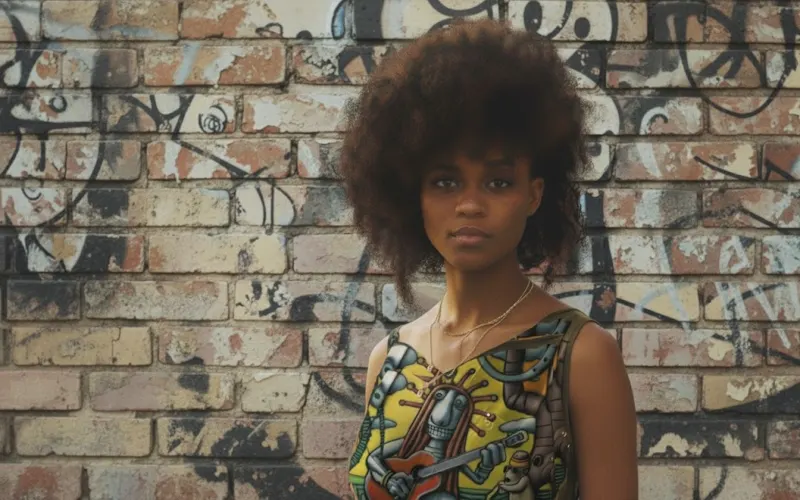
Entry and Collaboration
Lila Iké, born Alecia Grey in Manchester, Jamaica, stepped into the spotlight through the creative avenues that Chronixx helped pave. Her ties with Protoje and the Indiggnation collective provided her with a platform, but it’s her unique voice and emotional depth that truly distinguish her. [We feature new artists like Lila Iké regularly; check out this month’s Featured Band.]
Her debut EP, The ExPerience (2020), is more than just a collection of tracks; it’s a reflection of her diverse influences. You can hear reggae, of course, but also elements of jazz, R&B, and neo-soul intricately woven together. The opening track, “Where I’m Coming From,” feels like a heartfelt blues confession from Kingston: both grounded and cosmopolitan. Her ascent mirrors the new wave of femininity in reggae — artists like Koffee and Jah9 — who are redefining what it means to be “conscious” in a scene often dominated by men.
Lila Iké’s fusion of reggae, jazz, and soul
Lila Iké’s incredible mix of reggae with jazz, soul, and R&B truly sets her apart as one of Jamaica’s most versatile voices today. Check out “Stars Align” — a track that would fit right in alongside Erykah Badu on any soul playlist — or “Forget Me,” where her vocal style radiates the warmth of lovers rock while embracing the unpredictable melodies of jazz.
Her lyrics dive deep into personal experiences, often tender and sometimes bold. Rather than sticking to the typical “fire and brimstone” approach of Rastafari preaching, she opts for a softer touch, using modern Patois to explore themes of self-care, heartbreak, and emotional honesty. It’s conscious reggae that resonates with a generation that values vulnerability and open conversations about mental health, rather than just resistance slogans.
How does Lila Iké impact feminine representation in Reggae?
In a reggae scene that’s still largely male-dominated, Lila Iké’s presence is both refreshing and essential. Her rise, alongside artists like Koffee, Sevana, and Jah9, showcases a powerful feminine energy that’s reshaping the landscape of reggae.
She’s not just part of reggae’s revival; she’s redefining it through a woman’s lens — softer, more introspective, yet equally charged with political and spiritual energy. This balance resonates strongly with global Gen Z audiences, particularly young women who are discovering reggae through the lens of streaming culture.
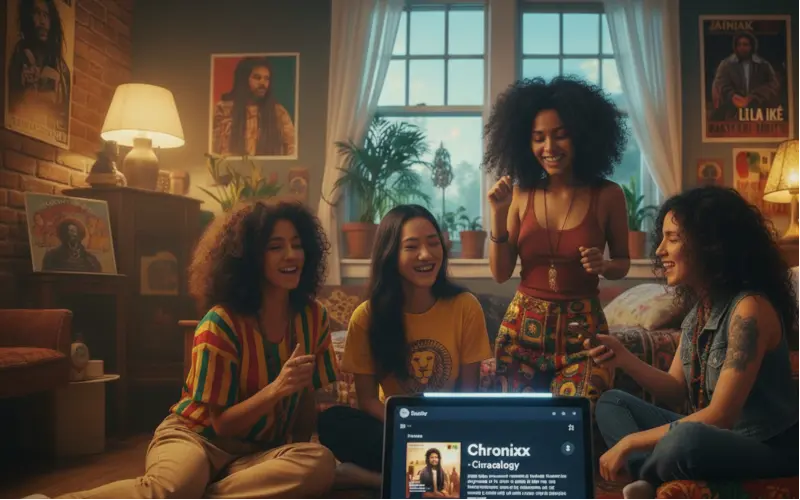
The Redefinition: Why They Resonate Now
What is “Rastafari Livity” and how is it relevant to Gen Z?
What makes both artists so captivating is how they embody Rastafari livity — a way of life grounded in consciousness, humility, and unity — while presenting it in a way that feels relatable to today’s digital age.
For Gen Z listeners, who are on the lookout for authenticity, environmental awareness, and inner peace, Rastafari philosophy feels surprisingly relevant. Chronixx and Lila Iké have transformed “roots culture” into something aspirational once more. Tracks like “Likes” (Chronixx) and “Solitude” (Lila Iké) might come off as modern and laid-back, but they carry the same meditative depth that characterized Marley’s time. It’s no surprise that fans around the world describe their music as “spiritual reggae playlists” for contemporary life.
Global Sound, Local Heart
Both artists have mastered the intricate craft of producing crossover reggae hits that resonate on Spotify and sound systems, all while staying true to their roots. Their production quality is on par with global pop standards—think clean vocals, deep bass, and crisp mastering—but their lyrics are deeply rooted in the realities of Jamaican life. This unique blend is what makes their music so appealing: a Chronixx track can easily trend alongside Burna Boy or Anderson .Paak, while a Lila Iké song might unexpectedly pop up in a “Chill R&B” playlist, catching listeners off guard with its reggae vibes.
This is global reggae fusion, not as a dilution of the genre, but as an expansion—bringing the core messages of reggae to new audiences through innovative sounds.
The Culture of Collaboration
Chronixx and Lila Iké frequently share stages and creative spaces within the Indiggnation collective. Their collaboration has been pivotal in crafting a cohesive sound for the modern roots reggae scene. Their partnerships with artists like Protoje, Koffee, and even international names like Major Lazer are more than just commercial moves; they’re cultural statements. They manage to uphold Jamaica’s creative essence while remaining sonically relevant in a bustling global market.
[Keep up with the latest releases and news about these artists on our BLOG.]

The Road Ahead: Reggae’s Future and Global Fusion
It’s easy to romanticize reggae as a genre stuck in the 1970s, but the truth is, that the Evolution of Reggae has been continuously pushing forward to new strengths — from ska to roots, dub to dancehall, and everything in between. Chronixx and Lila Iké have shown that reggae’s “conscious” spirit is alive and well in 2025, now pulsing with a global rhythm.
Their sound embodies conscious reggae fusion—a style that intertwines Rastafari philosophy, modern digital production, and universal emotions. It proves that roots reggae doesn’t have to sound old-fashioned to convey deep wisdom.
And perhaps that’s the true future of reggae: less of a relic and more of a vibrant dialogue. As Jamaica’s new cultural ambassadors, they aren’t just keeping the fire burning — they’re reshaping it into something bright enough to light the next generation.





